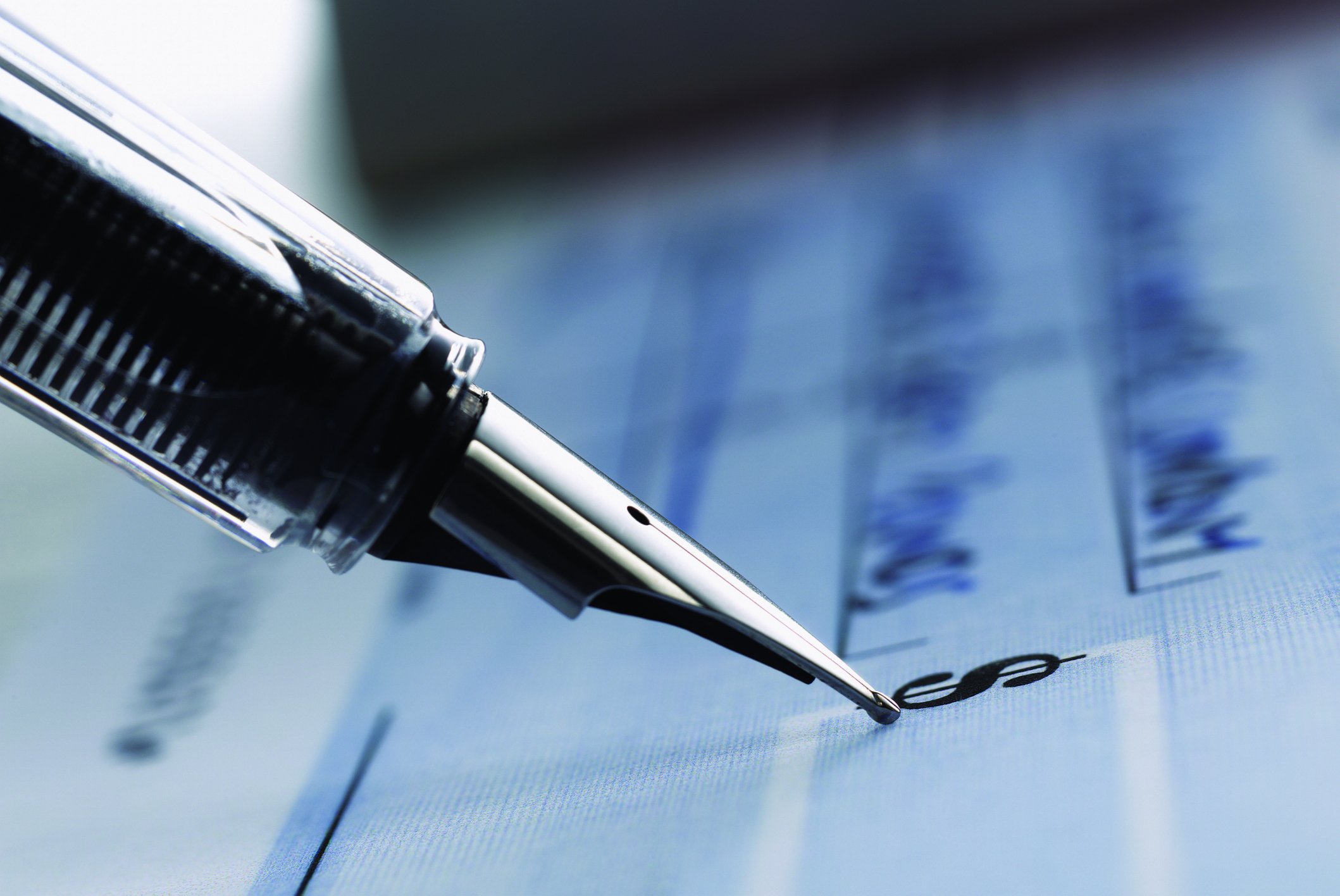The Evolution of Check Fraud
/Around two millennia ago, human civilizations began employing financial mechanisms akin to today's checks. Such tools included the prescriptions of Ancient Rome, the Adeshas of Ancient India and the letters of credit utilized by Ancient Persians. To circumvent the issues of carrying bulky coin pouches and potential theft, Arab merchants devised the sakk, a paper instrument that facilitated the deposit of money in a bank in one country and its withdrawal in another.
During the 16th century, cashiers in the Dutch Republic began accepting deposits for a charge and disbursed funds to anyone bearing a note from the depositor. This system expanded across Europe over the ensuing centuries. However, due to all notes being manually inscribed, fraudulent activities were prevalent in the forms of forgery, theft and counterfeiting. This situation was so problematic that many regions prohibited this modern mode of payment. This was later circumvented by the use of unique check paper by financial institutions.
As criminals identified and exploited the system's flaws, the sophistication of check fraud only increased.
As fast as a speeding...horse?
In 1762, British banker Lawrence Childs pioneered the use of the first printed checks to navigate the issue of forgery and counterfeiting. This inadvertently created opportunities for new forms of check fraud such as check floating, also known as ‘check kiting’, paperhanging and chemical alternation. In instances of check floating, fraudsters would take advantage of the “floating period,” the time between when a check is tendered and when the money is collected by the receiver from the financial institution, using a bad check which will not be cashed as the checking account does not have sufficient funds to cover the payment. At this point in history, the float period was substantially longer as communication between financial institutions was limited by our methods of travel, no faster than a speeding horse.
Checks on acid
From the late 1700s to the present, acid has been a societal issue, but not that kind of acid. With the invention of printed checks, scammers would use the chemicals they had on hand, like common household cleaners, to chemically alter checks, “washing” them to remove and then change the payable information. This issue has remained a rampant problem and still has no solution to date; in fact, it is estimated that check washing costs individuals, businesses and financial institutions more than $815 million in losses per year. Banks have instituted the use of high security checks to deter fraudsters and it is recommended businesses use a security pen, which has ink that is not dissolvable by the common chemicals used in check washing. However, these are added costs and even if used, they are negated by mobile check depositing.
The creation of MICR
In the mid-20th century, banks recognized the need for a more secure and efficient system to process checks and combat fraud. This led to the development of Magnetic Ink Character Recognition (MICR) technology, which significantly reduced check fraud and enhanced efficiency in check processing. MICR, pioneered by Stanford Research Institute and General Electric Computer Laboratory in the 1950s, uses special ink that can be read by machines, encoding vital information like the bank's routing number and the account holder's account number on the check.
The implementation of MICR technology streamlined the check clearing process, making it faster and more accurate, while also providing an additional layer of security against counterfeiting and forgery. The unique magnetic properties of the ink made it difficult to alter or replicate the printed characters, thereby reducing the prevalence of check washing and other forms of chemical alteration.
Check fraud today
Modern day check fraud involves several common methods. Check kiting, or 'floating checks', still persists. Paperhanging is another prevalent type, where checks are written on closed accounts. Check washing, counterfeiting and forgery, often using sophisticated printing technology, are common, and finally, there's identity theft, where a criminal impersonates the account holder, often obtaining the account holder's checks or even creating counterfeit checks with the victim's account information. Cybersecurity is becoming an increasingly important issue with online banking and digital checks, where hackers can potentially gain access to sensitive information and perform fraudulent activities. Despite all of the advancements in security measures in our modern era and through the long history of check fraud, the creativity and sophistication of fraudsters continue to pose significant challenges.
